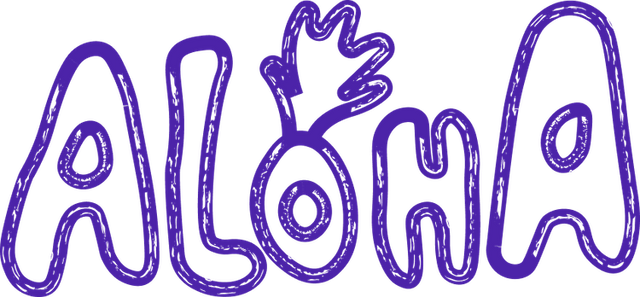
what is flipped classroom methodology
What is Flipped Classroom Methodology - Startup House
Class time is then used for more interactive and collaborative activities, such as discussions, group work, problem-solving exercises, and hands-on projects. This shift in focus from passive learning to active engagement helps to deepen students' understanding of the material and promote critical thinking skills.
The flipped classroom methodology also allows for more personalized and differentiated instruction, as teachers can spend more time working one-on-one with students and providing targeted support based on individual needs. Additionally, students are able to take more ownership of their learning and develop important skills such as self-regulation, time management, and independent study habits.
Overall, the flipped classroom methodology represents a shift towards a more student-centered and engaging approach to education. By leveraging technology and reimagining the traditional classroom structure, educators can create a more dynamic and effective learning environment that better prepares students for success in the 21st century.
Let’s build your next digital product — faster, safer, smarter.
Book a free consultationWork with a team trusted by top-tier companies.








